Home>Ideas and Tips>How To Choose The Right Paint Colors For An Entryway
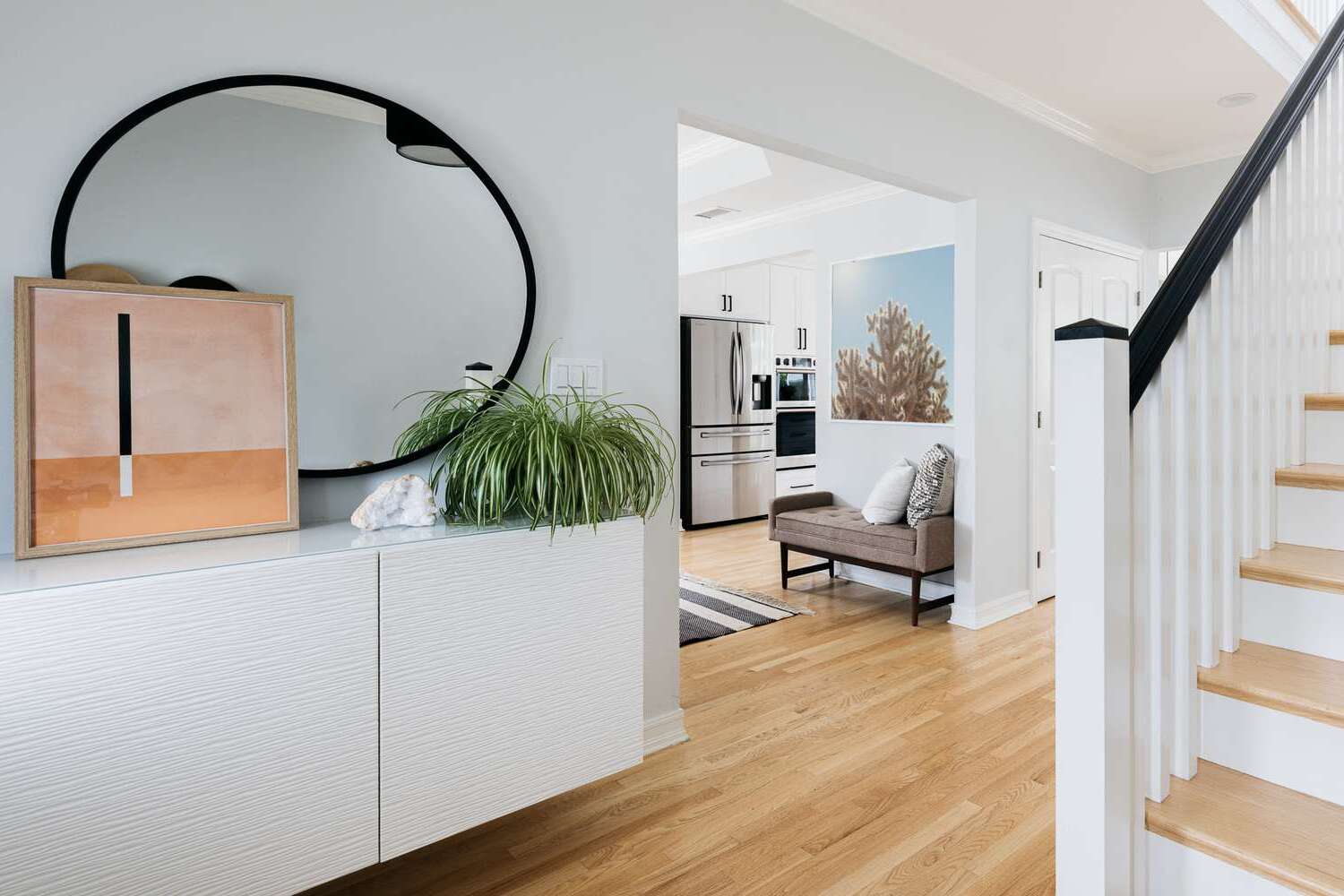

Ideas and Tips
How To Choose The Right Paint Colors For An Entryway
Modified: November 2, 2024
Discover expert tips on choosing the perfect paint colors for your entryway to create a welcoming and stylish first impression.
(Many of the links in this article redirect to a specific reviewed product. Your purchase of these products through affiliate links helps to generate commission for Storables.com, at no extra cost. Learn more)
Choosing the right paint color for your entryway can be a game-changer. It sets the tone for your home and makes a lasting impression on guests. So, how do you pick the perfect shade? Well, it boils down to a few key factors: natural light, space size, personal style, durability, and the mood you want to create. Let’s dive into each of these to help you make an informed decision.
Understanding the Importance of Entryway Design
Your entryway is more than just a pass-through; it’s a sneak peek into your home’s personality. It’s where guests first step in, and it should make them feel welcome. Whether you’re aiming for a cozy vibe or a sleek, modern look, the right paint color can help you nail it. Think of your entryway as the opening act of a concert—it sets the stage for what’s to come.
Factors to Consider When Choosing Entryway Paint Colors
Before you grab that paintbrush, consider these factors:
- Natural Light: If your entryway is a bit on the dark side, lighter colors can help brighten things up. They reflect light, making the space feel more open and airy.
- Space Size: Got a small entryway? Lighter colors can make it feel bigger. Darker shades can make a small space feel even smaller, but they can also create a cozy atmosphere if used right.
- Personal Style: Your paint color should reflect your style and complement the rest of your home’s decor. Are you more into classic looks or modern vibes?
- Durability: Entryways see a lot of foot traffic, so you’ll want a color that can stand up to scuffs and smudges.
- Mood: Different colors evoke different feelings. Warm colors like beige or brown can make a space feel cozy, while lighter colors like white or pale gray can make it feel more open.
Lighter Colors for a Brighter Entryway
Lighter colors are often the go-to for entryways because they reflect light and make the space feel larger. Here are some popular options:
- White: A classic choice, white reflects light beautifully and creates an airy feel. It’s also super versatile and pairs well with various decorating styles.
- Off-White: Shades like "On Point" by Clare paint offer a clean, bright look while still providing warmth. These colors work well in small spaces and can be paired with bold accessories for some visual interest.
- Pale Gray: Pale gray adds a touch of sophistication while keeping things light and airy. It pairs well with different furniture styles and can even be used as an accent wall color.
- Greige: A mix of gray and beige, greige adds depth without being too dark. It’s also great for hiding scuffs and smudges, making it ideal for high-traffic areas.
Bold Colors for a Statement Entryway
If you’re feeling adventurous, bold colors can make a statement. Here are some bold options:
- Bold Blue: A shade like "Brilliant Blue" by Benjamin Moore can create a dramatic look. Pair it with neutral furniture and accessories to balance things out.
- Blue-Green: A hue like "Newburg Green" by Benjamin Moore offers subtle variations of green, blue, and teal. It pairs well with coral and olive green accents, making it perfect for a unique look.
- Deep Gray: "Antique Pewter" by Benjamin Moore creates an instant cozy factor. It pairs well with vintage wood pieces and can be enhanced with accessories in varying shades of silver.
Darker Colors for a Cozy Entryway
Darker colors can make a small entryway feel cozier, but use them thoughtfully to avoid making the space feel too confined. Here are some darker options:
- Sage Green: Sage green is versatile and can brighten up an entryway lacking natural light. Pair it with accent lighting and statement mirrors to reflect light effectively.
- Forest Green: Forest green can create a moody, relaxing vibe when paired with rich walnut accents and tile flooring.
- Dark Neutral Colors: Deep beige or brown add depth without overwhelming the space. They pair well with wooden features like flooring, furniture, picture frames, or shelves.
Tips from Interior Designers
Interior designers have some nifty tricks up their sleeves. Here are a few:
- Experiment with Colors: Joanna Gaines suggests trying out colors in smaller spaces like entryways because they’re less permanent than larger rooms. This lets you step outside your comfort zone without committing to a specific style for the whole house.
- Consider Natural Light: If your entryway lacks natural light, use mirrors to reflect light from fixtures. This helps illuminate the space effectively.
- Balance Dark and Light: Irene Gunter advises balancing dark and light colors to avoid showing marks easily. A flat finish is recommended for durability and ease of touch-up.
- Add Pops of Color: Adding pops of color through decorations can highlight specific areas while keeping the overall look cohesive. Cool tones like sage green or cerulean blue can elevate an entrance with white-painted walls and wood furniture.
- Mix and Match Dark Colors: Joanna Gaines suggests mixing dark colors with brighter hues for an elegant look. Pair black walls with wooden accents or mix maroon with light gray or white for contrast without overwhelming the space.
Practical Considerations
When choosing an entryway paint color, think about durability and maintenance:
- Durability: Pick colors that hide scuffs and smudges well. Greige, off-white, and pale gray are excellent options.
- Maintenance: Satin or flat finishes are easier to clean and maintain compared to glossy finishes.
- Sample Paint Swatches: Always check paint swatches in the area where it would be applied before buying the paint. Paint a small sample on the wall itself to see how it looks throughout the day as natural light changes.
- Test Samples in Different Locations: If you have a snaking hallway, test samples in more than one location before committing to a specific color.
Conclusion
Choosing the right paint color for your entryway is about more than just looks; it’s about creating a welcoming atmosphere. By considering factors like natural light, space size, personal style, durability, and mood, you can pick a color that complements your home’s decor and makes a lasting impression on guests.
Remember, entryways are high-traffic areas that need durable paint colors. Lighter shades like white, off-white, pale gray, and greige are practical choices that reflect light beautifully.
For those who want to make a statement or create a cozy ambiance, bold colors like bold blue or deep gray can be used effectively when balanced with neutral furniture pieces.
Ultimately, choosing the right entryway paint color involves experimenting with different shades while keeping practical considerations in mind. By following these tips from interior designers and home improvement experts, you can transform your entryway into a welcoming space that reflects your style and sets the tone for an enjoyable visit to your home.
Was this page helpful?
At Storables.com, we guarantee accurate and reliable information. Our content, validated by Expert Board Contributors, is crafted following stringent Editorial Policies. We're committed to providing you with well-researched, expert-backed insights for all your informational needs.
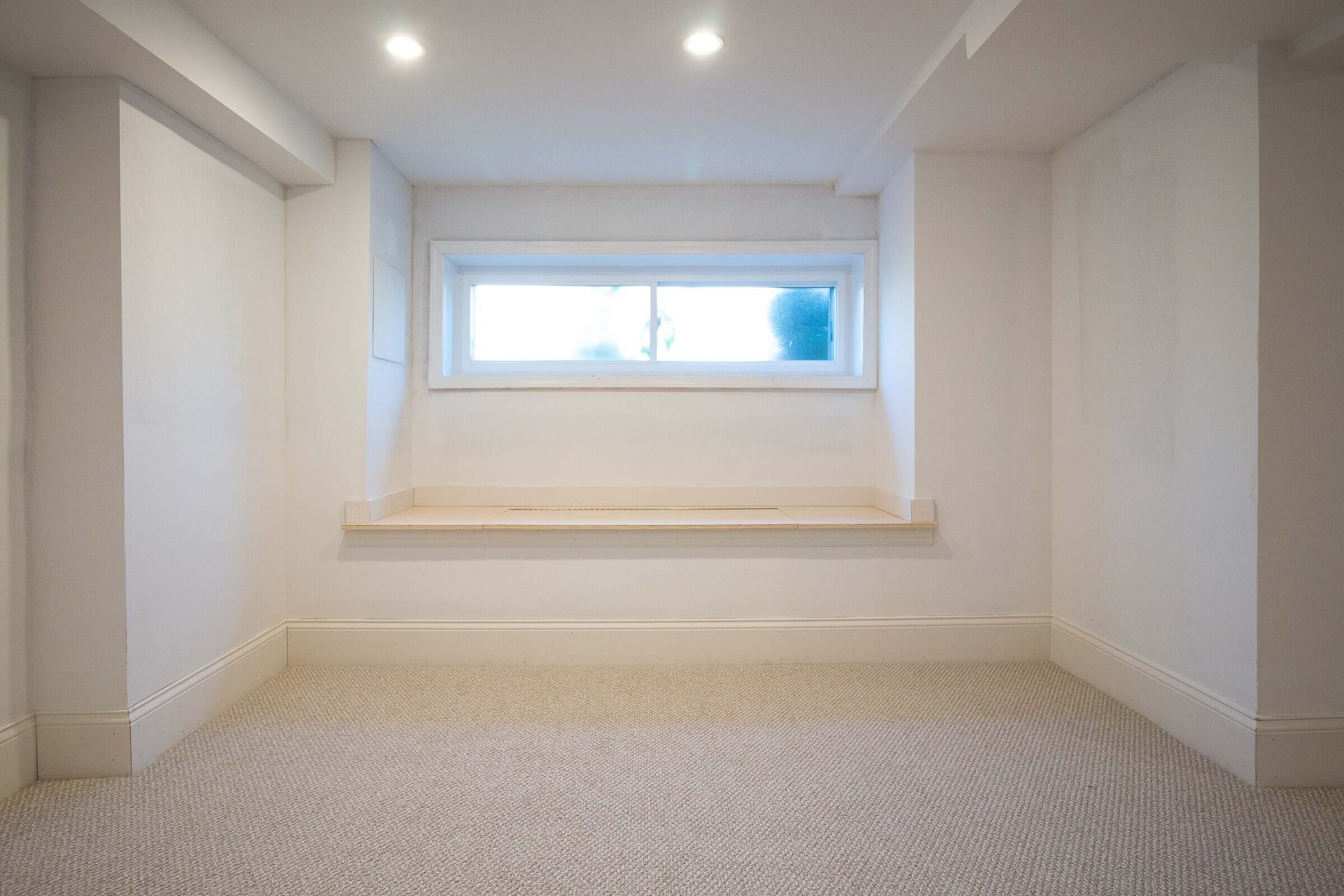
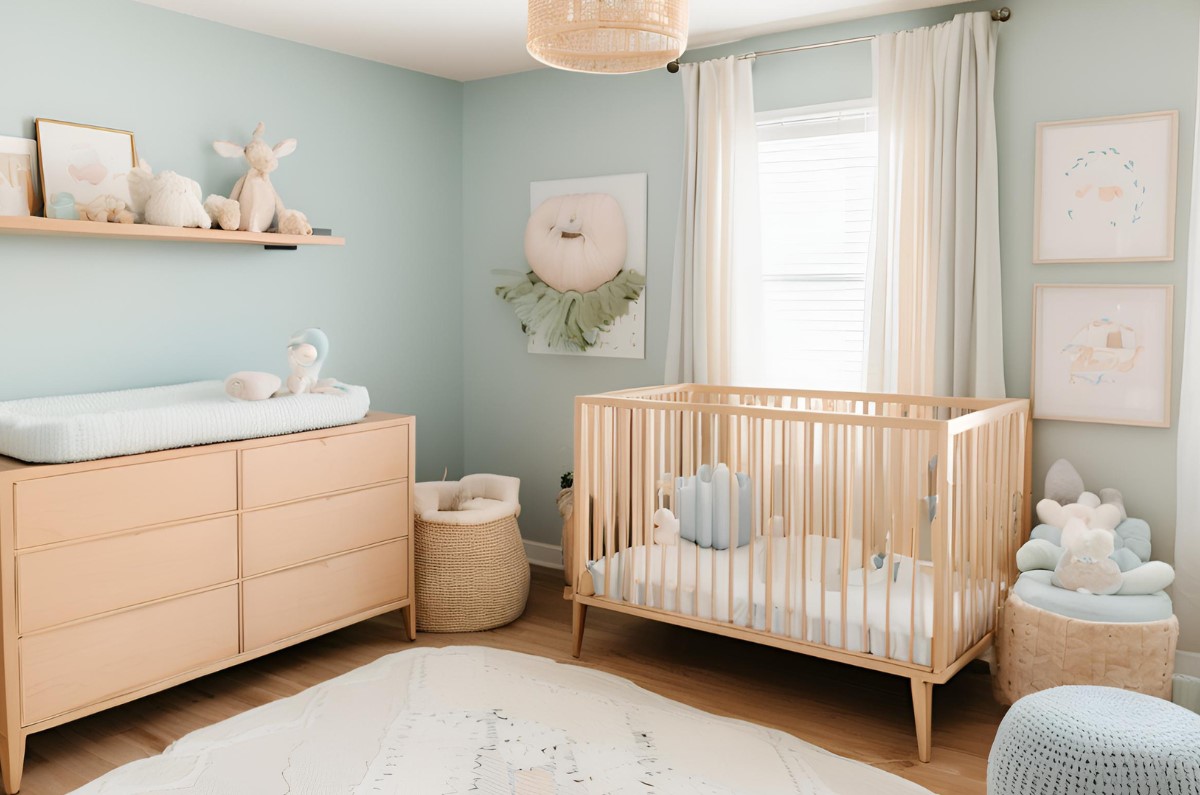
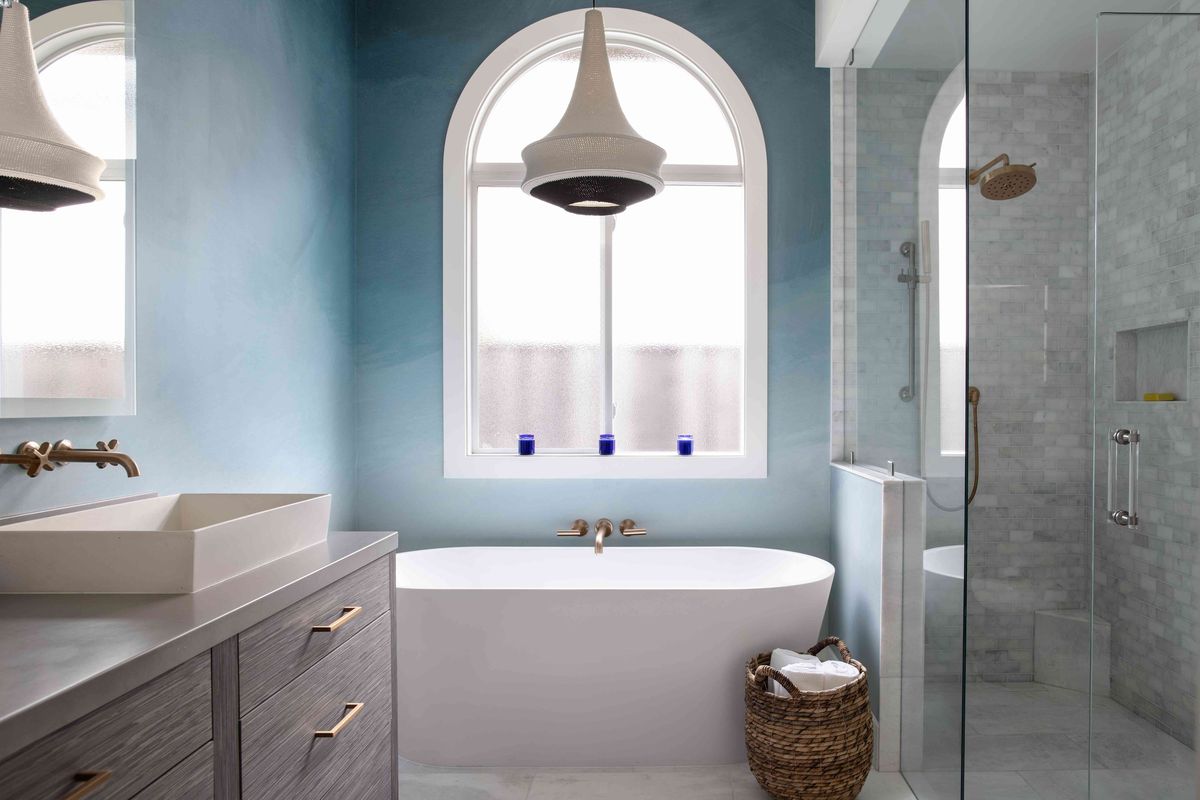
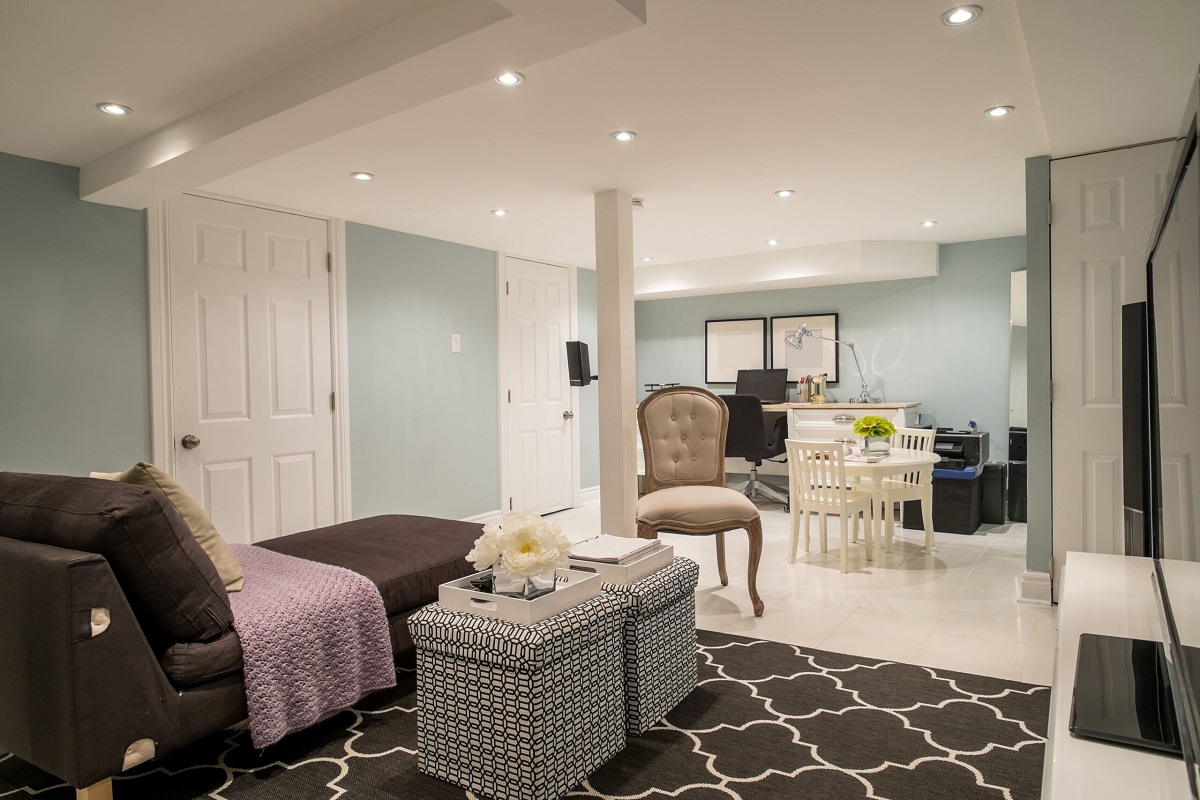
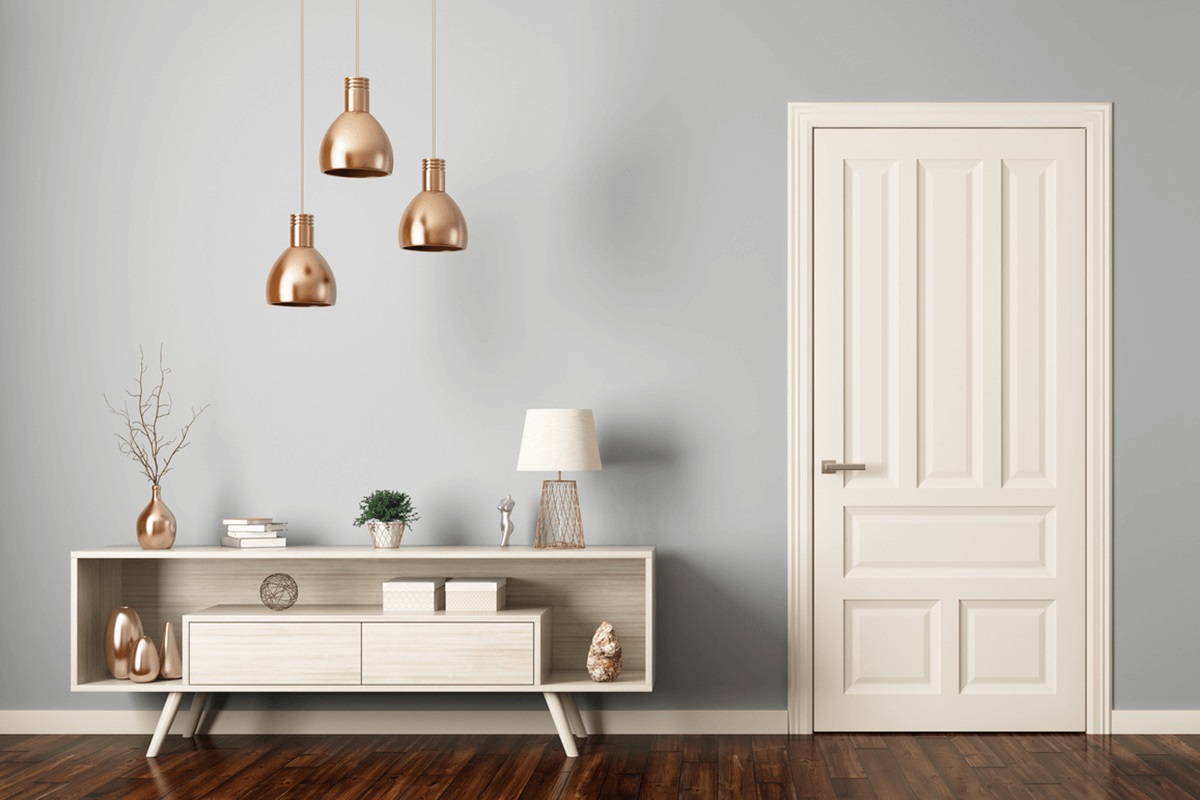
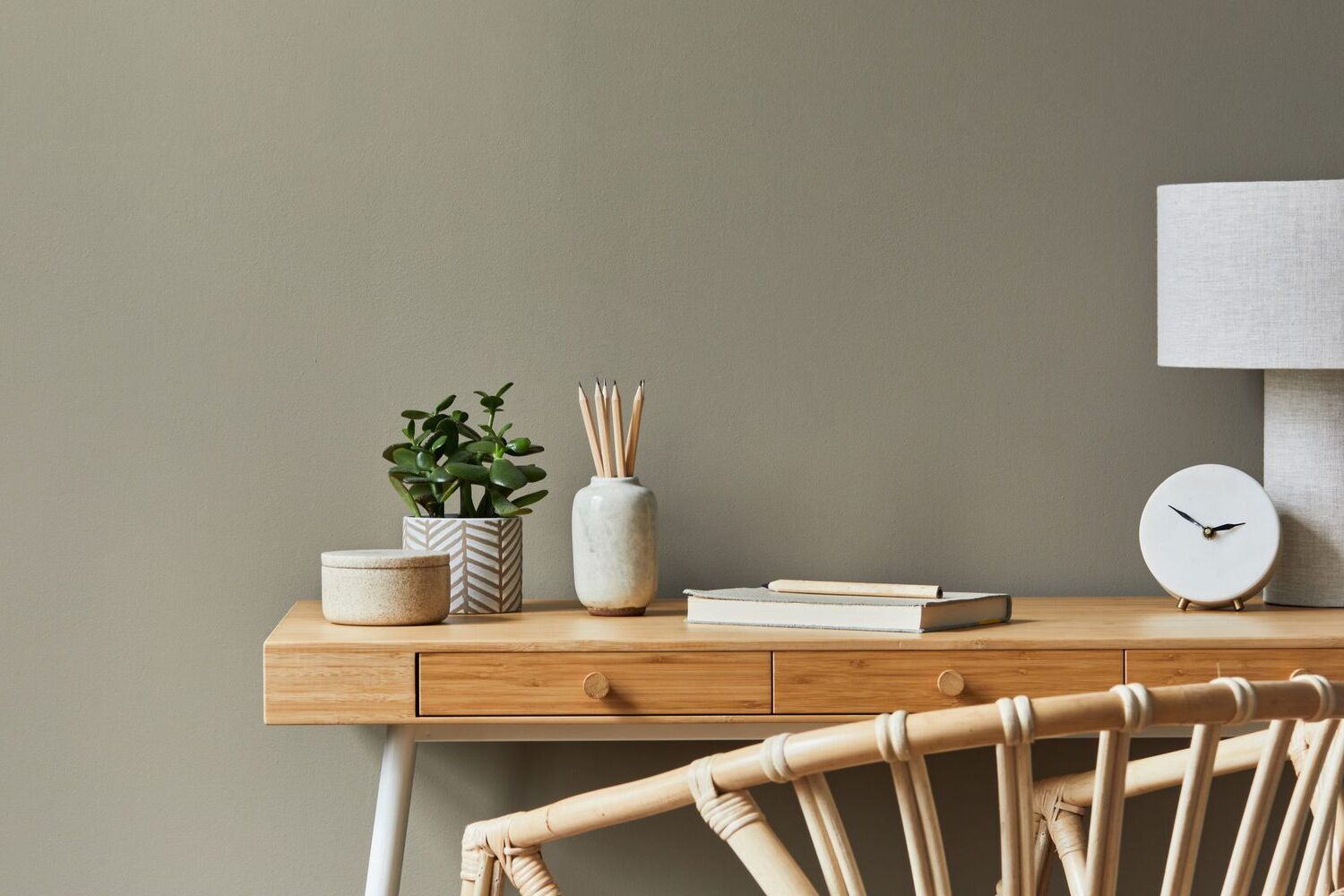
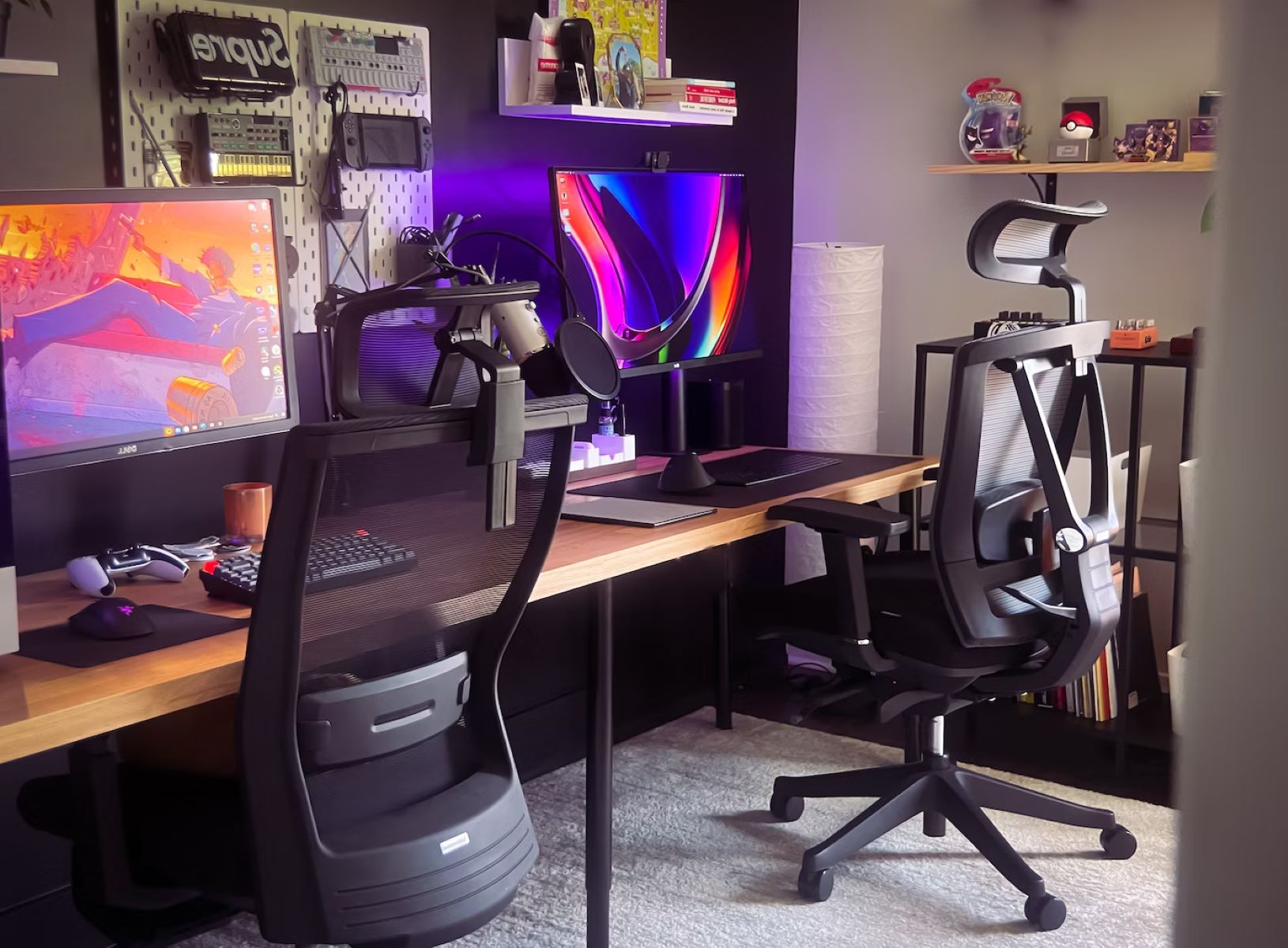
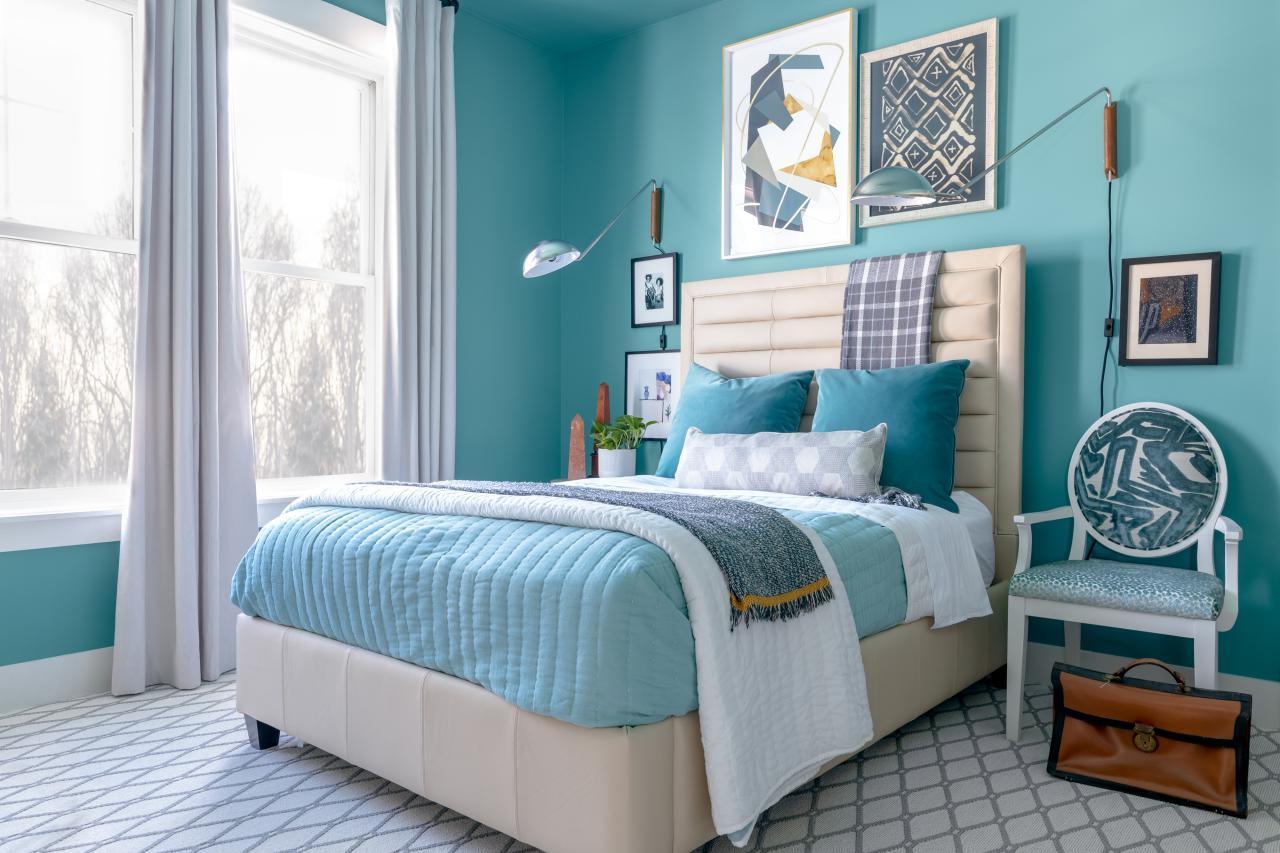
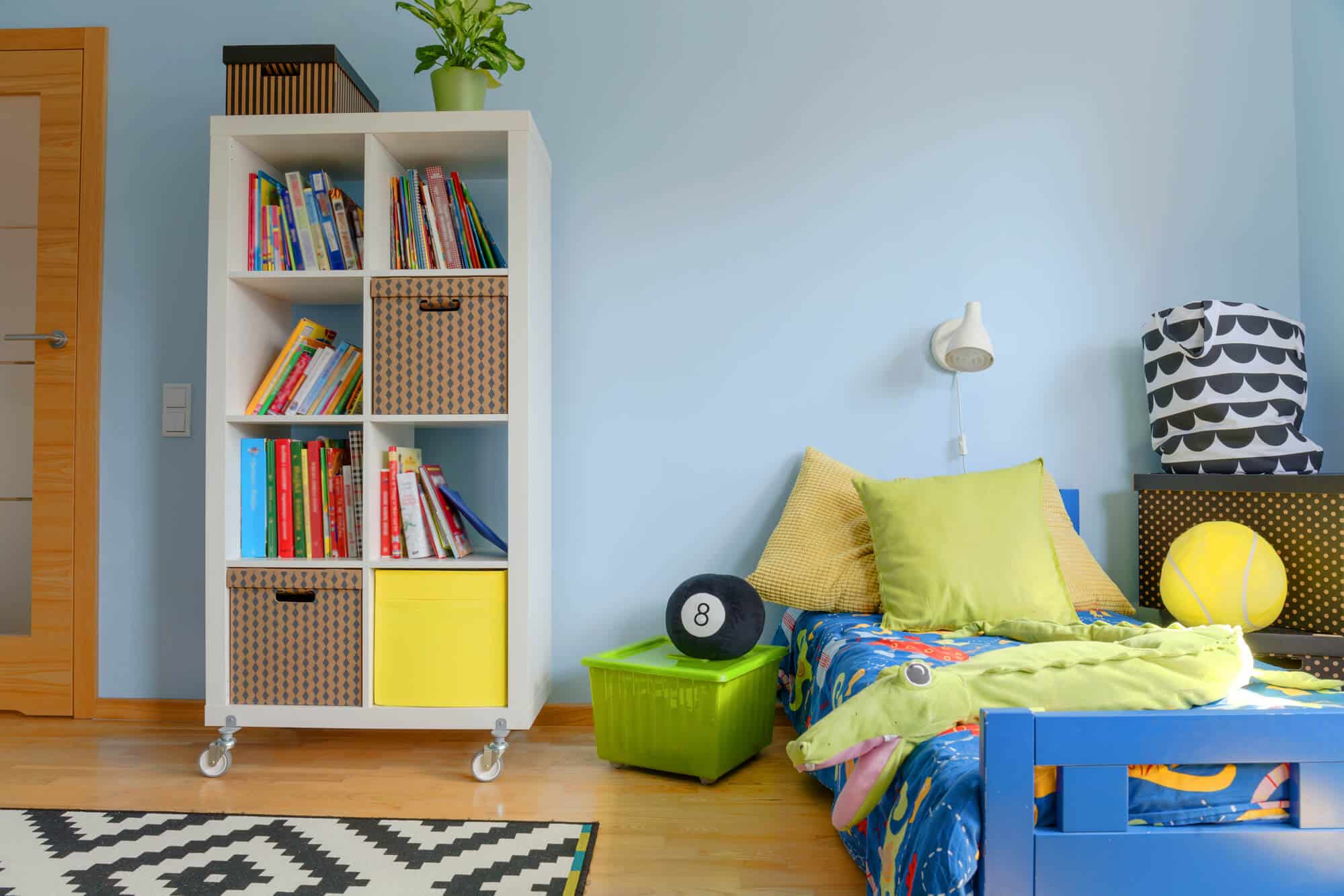

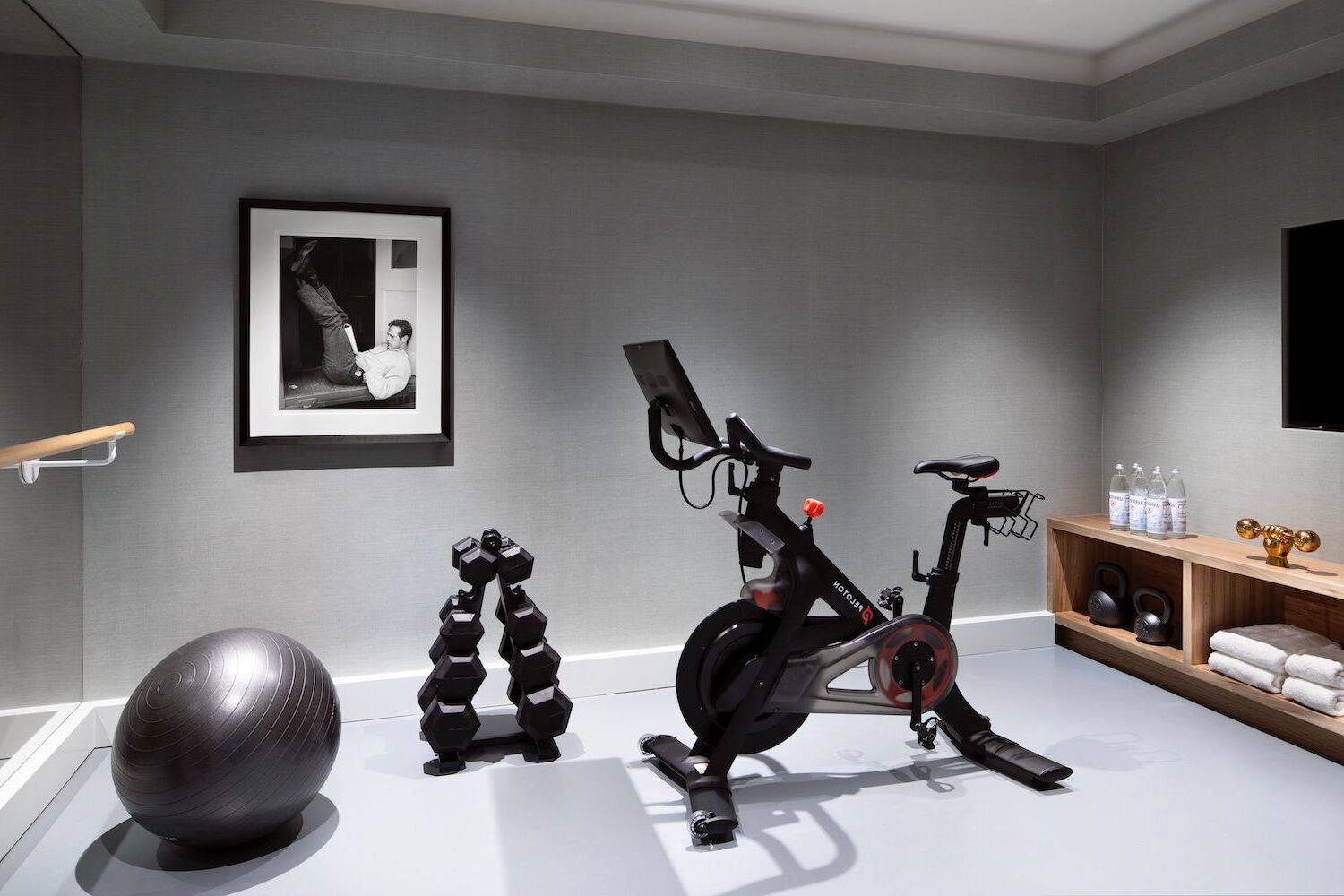
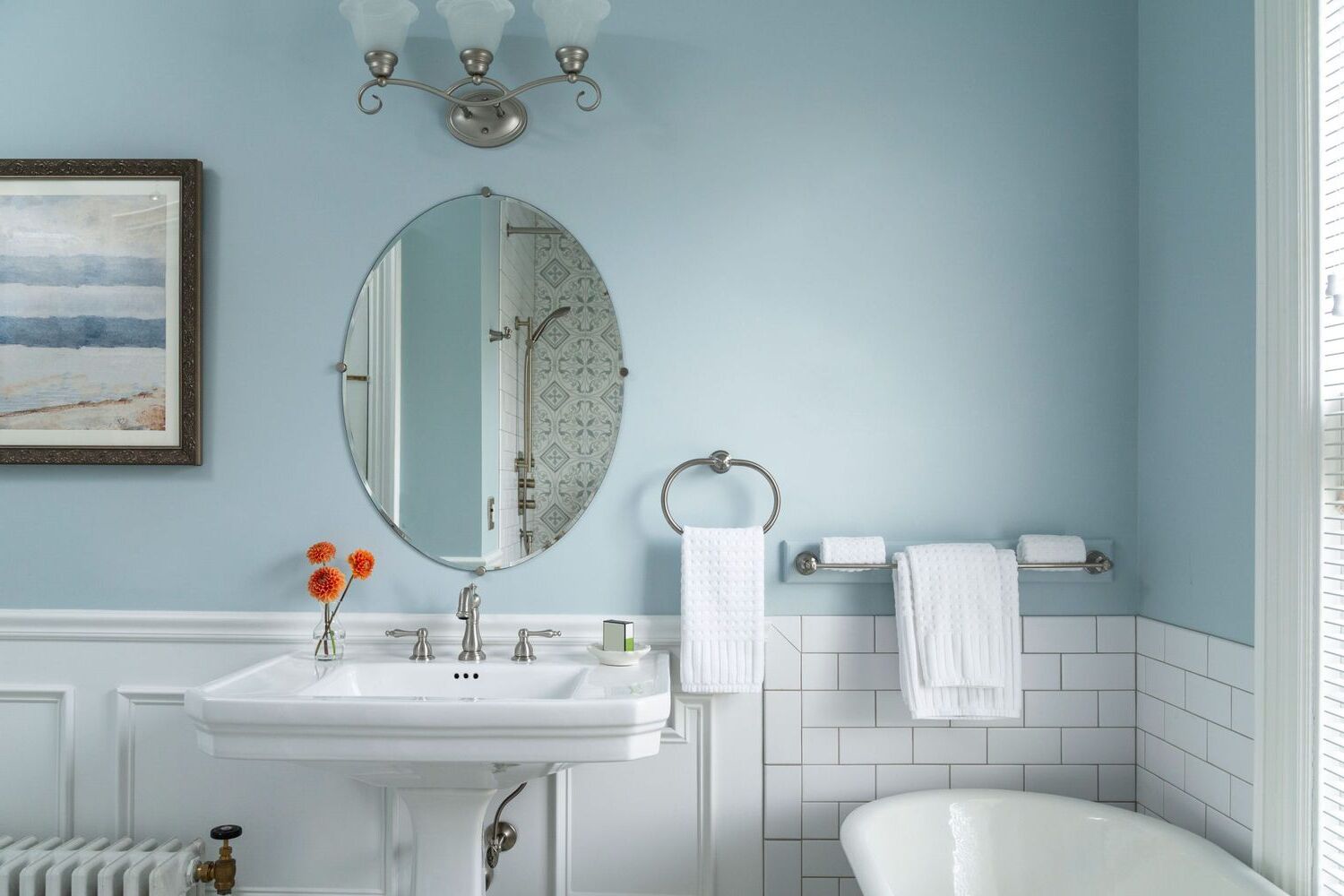
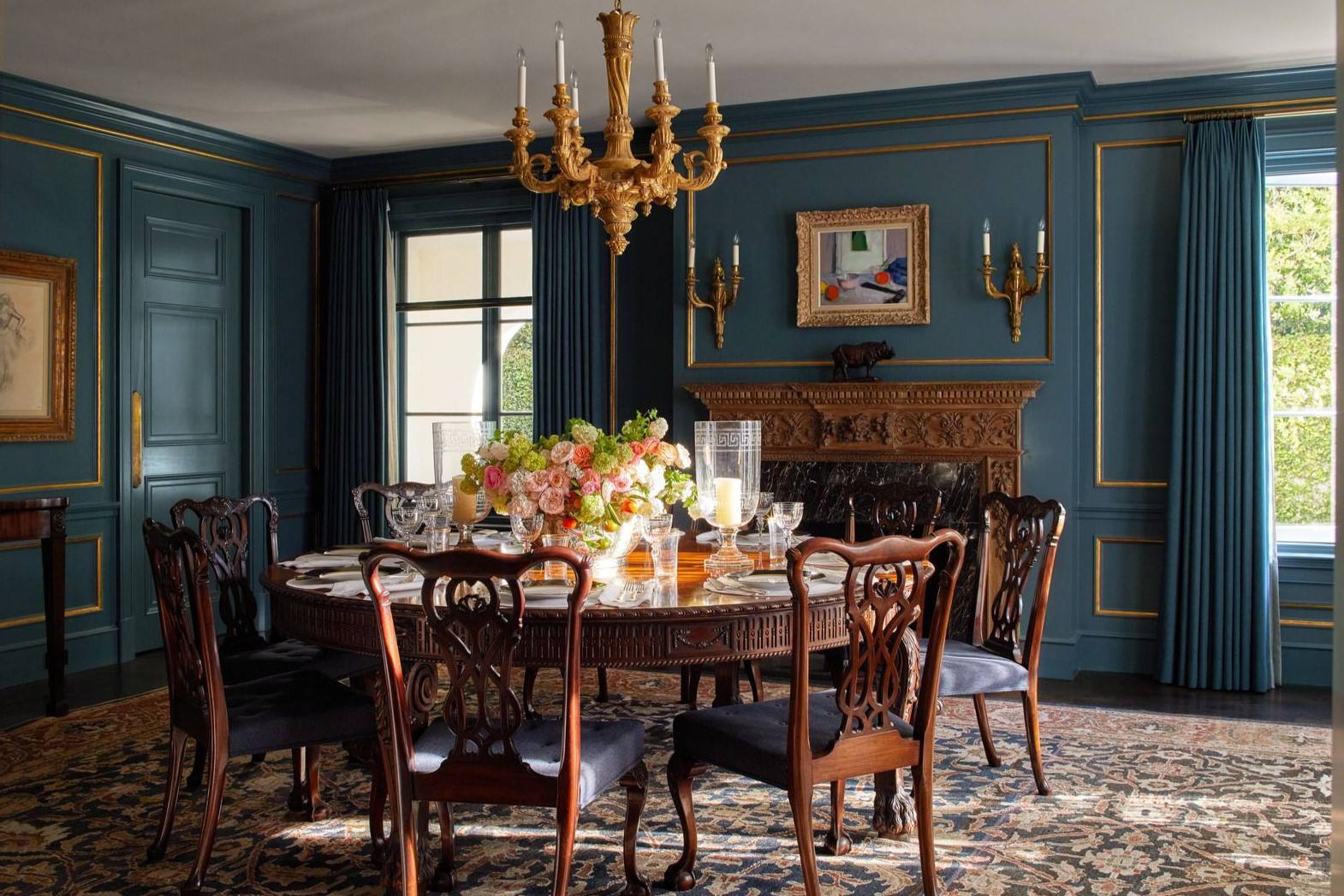
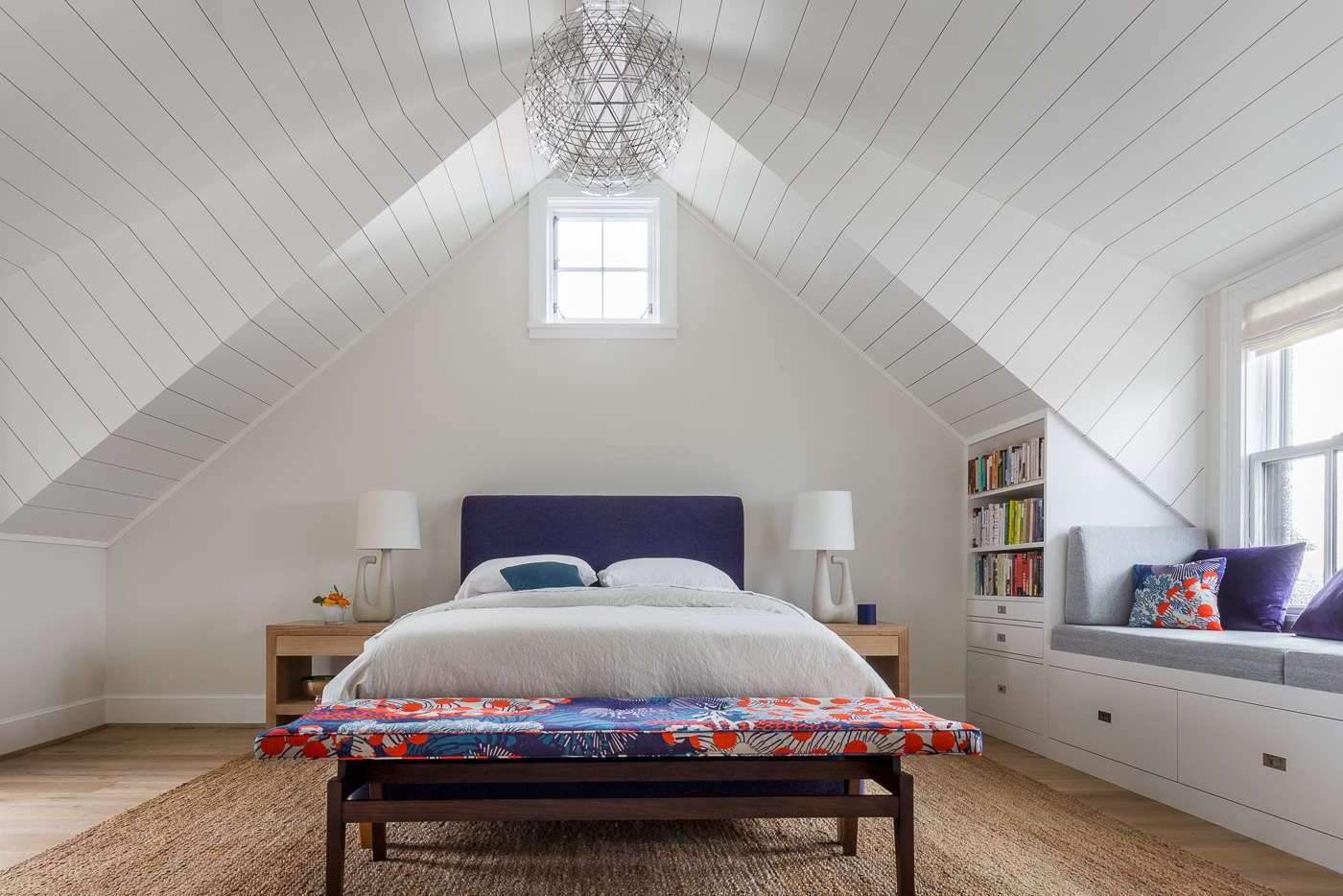

0 thoughts on “How To Choose The Right Paint Colors For An Entryway”